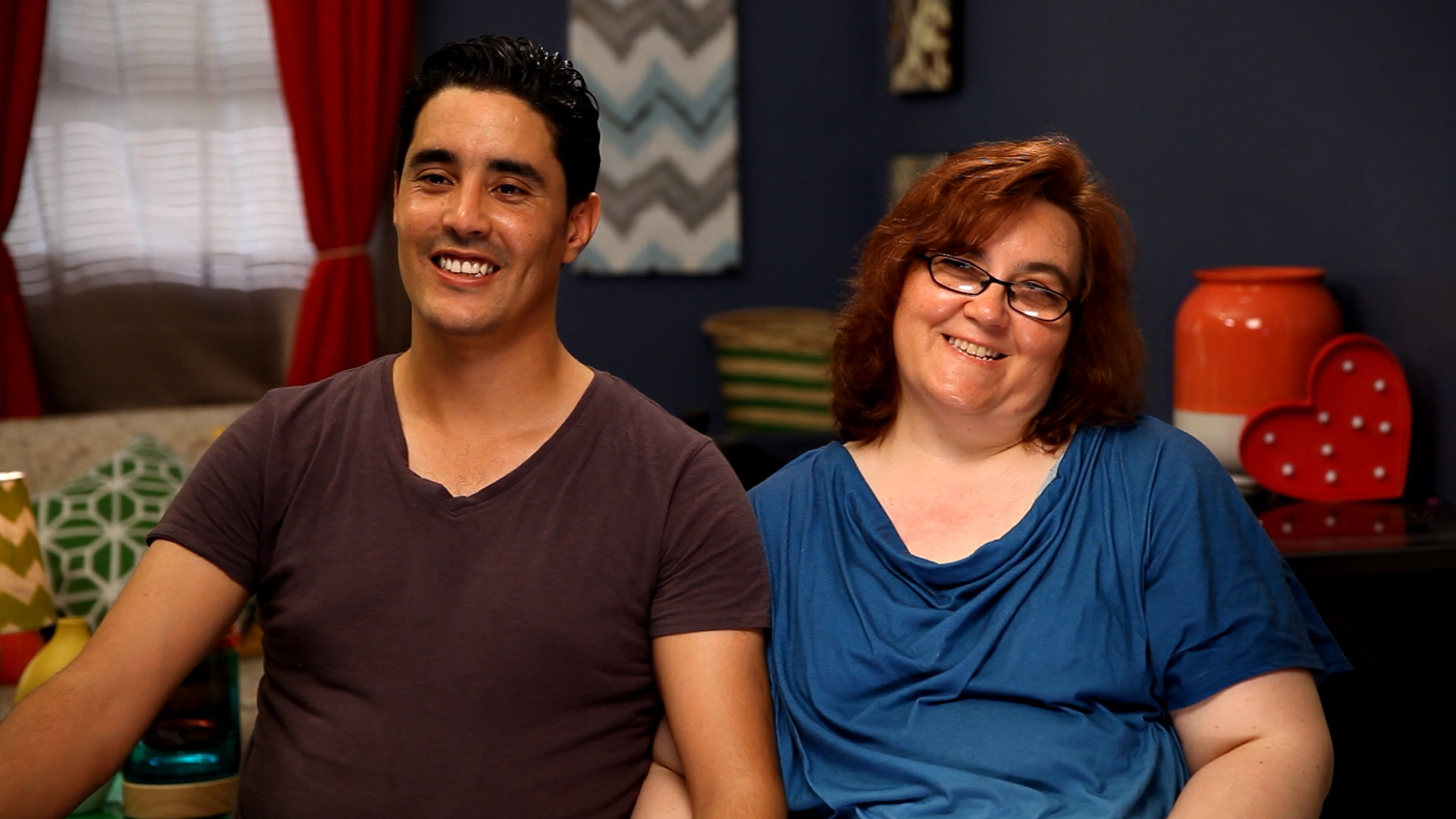As explained by season 1’s opening title cards, the original premise of 90 Day Fiancé was simple: “Four foreign women are entering the U.S. on fiancé visas. They have 90 days to get married, or leave the country.” Today, the TLC series still follows real-life couples pursuing a K-1, or fiancé, visa. But in the eight years since its 2014 debut, it has transformed into a cultural juggernaut. Consistently ranking as one of the top-rated cable series, 90 Day Fiancé has unlocked a treasure trove of programming. Its 20-plus spin-offs (and counting) range from self-explanatory iterations like 90 Day Fiancé: Before the 90 Days and 90 Day Fiancé: Happily Ever After? to superfan-fueled offshoots like 90 Day Fiancé: Pillow Talk—a show where popular former cast members provide commentary on new seasons. Though the series began as an inside look at America’s arduous and often fraught immigration process, it has since drawn criticism for promoting questionable romances, xenophobic storylines, and problematic cast members. Season 2 introduced Danielle Mullins and her now ex-husband Mohamed Jbali. The pair’s tumultuous, and, by all appearances, sham relationship was marked by a significant age gap, cringeworthy gossip, and, ultimately, an ugly divorce. While all the couples from the season prior remain married to this day, the second season of 90 Day Fiancé will forever be known as one of the first to raise questions about the realness of these reality TV relationships. —Megan McCluskey
- Cybersecurity Experts Are Sounding the Alarm on DOGE
- Meet the 2025 Women of the Year
- The Harsh Truth About Disability Inclusion
- Why Do More Young Adults Have Cancer?
- Colman Domingo Leads With Radical Love
- How to Get Better at Doing Things Alone
- Michelle Zauner Stares Down the Darkness





